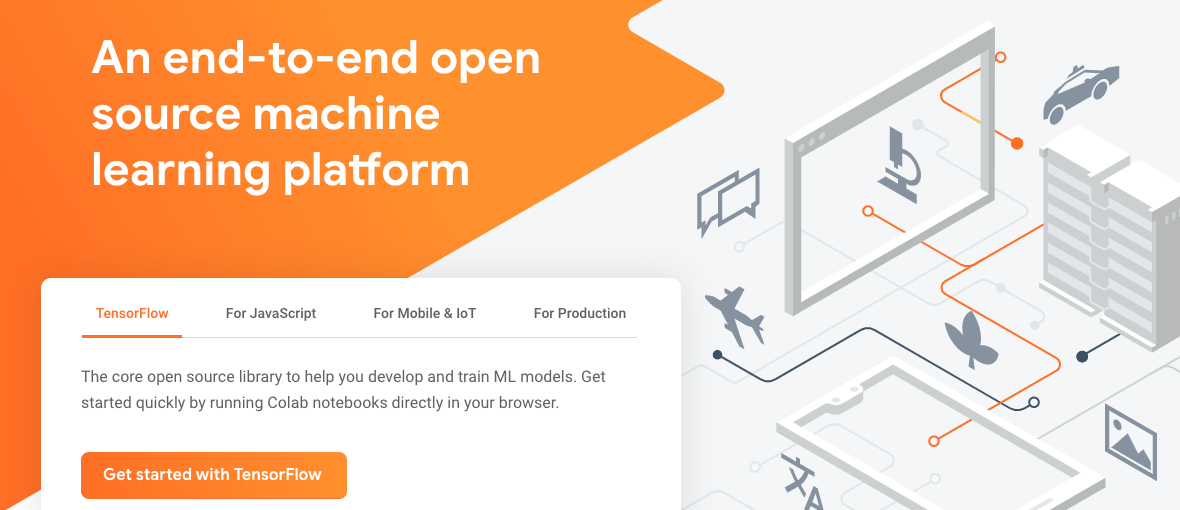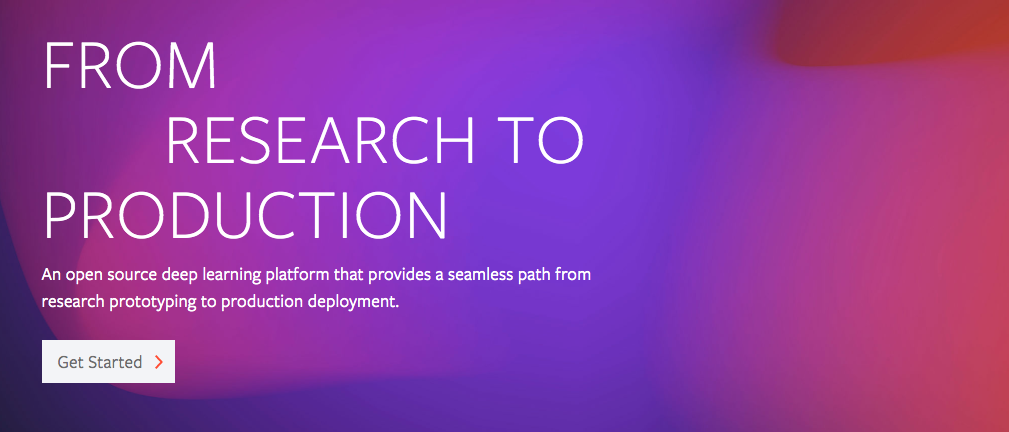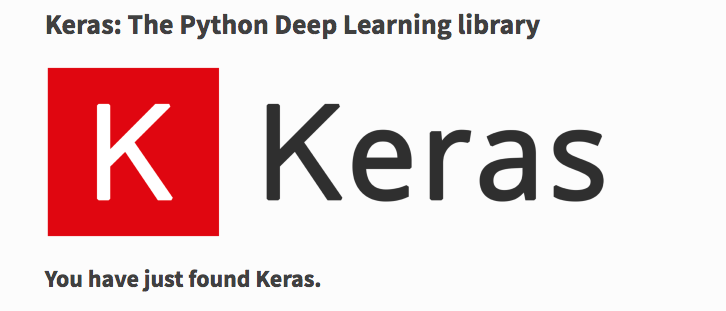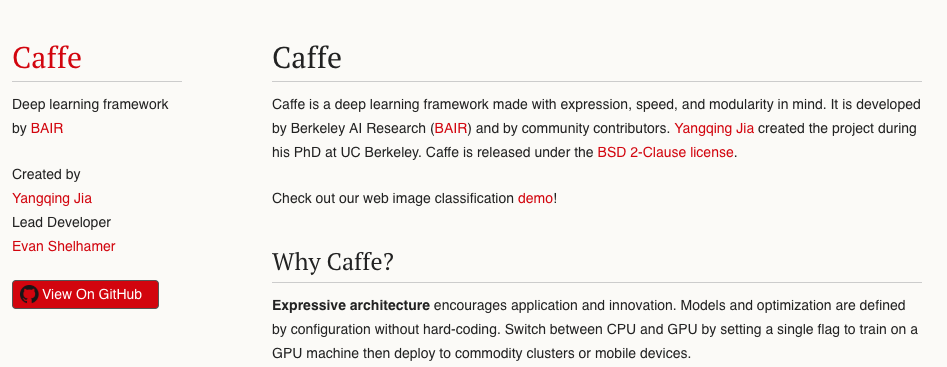Top 5 Deep Learning Frameworks for 2023

To stay competitive today, more companies are turning to artificial intelligence (AI) and machine learning to improve their services, offering predictive personalization and smart solutions to customers. But not all businesses have the technical prowess, capability, or manpower to create—or even understand—conventional AI and machine learning processes well enough to implement them.
Fortunately, some brilliant minds have created and generously open-sourced several deep learning frameworks that can be easily integrated by people with little to no knowledge of machine learning technology. Thanks to these frameworks, you can easily upload your data and train a deep learning model to perform accurate and intuitive predictive analysis for you. Even for skilled researchers and Ph.D.-wielding data scientists, these frameworks can dramatically improve speed and productivity.
Related: AI vs. Machine Learning vs. Deep Learning
So let’s take a look at some of the best deep learning frameworks.
1. TensorFlow

Created by the researchers at Google, TensorFlow is by far one of the most popular deep learning frameworks and has been adopted by the likes of Airbnb, Intel, and Twitter. It’s been around since 2015, so it has an active and thriving community, constantly supplying support and updates. It is also one of the most popular framework in the field of data science.
It has the most GitHub activity and learning resources, making it relatively easy for people to learn. TensorFlow also happens to be the most used framework by developers right now, which means finding experienced deep learning developers to work on a project will be easier. It is also very popular among data scientists for creating dataflow graph. Add to it the comprehensive documentation by Google and support for multiple languages, including C++, Python, and R, and you have a really comprehensive package for deep learning, leaving no reason why it wouldn’t be a great option for you.
2. PyTorch

PyTorch is younger than TensorFlow but is racing ahead in popularity rather quickly. Coming from another powerhouse, Facebook, PyTorch has managed to garner massive interest in the developer community due to its flexibility and customizability. As of now, it is the second most popular standalone framework and could very well take over the top spot.
It builds on Torch, a scientific computing framework that is used to train and develop deep neural networks and perform tensor computations. It makes use of CUDA and C/C++ libraries to build robust yet flexible models scalable to each business. The PyTorch framework is built with a clean architectural style, making the process of training and developing deep learning models easy to learn and execute.
3. Keras

Keras is another deep learning framework that is seeing widespread and rapid adoption among developers, not just in the U.S. but on a global scale. One of the reasons behind its swift and worldwide popularity is its beginner-friendliness. It has a lightweight architecture, making it straightforward and easy to use. It runs on Python and supports recurrent as well as convolutional networks. This makes it ready to run on both TensorFlow as well as Theano.
In fact, the very reason Keras was built was to mitigate the challenges experienced while using TensorFlow, such as an intricate, low-level library and a slightly difficult interface. Keras can run on top of TensorFlow to provide a simpler interface. It requires very little code and is one of the easiest frameworks for beginners to work with.
4. Caffe

Lauded for its speed, Caffe can process more than 60 million images every day with just a single NVIDIA K40 GPU. This makes it one of the most loved deep learning frameworks for image recognition. It works with C, C++, Python, MATLAB and even CLI. Its expressive architecture allows for training neural nets without hard coding and its extensible code encourages active development.
On tasks like simple regression, large-scale visual classification, speech and robotics applications, and even Siamese networks for image similarity, Caffe has adequate pretrained networks and models that can get the job done easily. As a note, though, Caffe does seem to be a tad weak when it comes to language modeling and recurrent networks.
5. Deeplearning4j

For all those who swear by Java, Deeplearning4j is the perfect deep learning framework. Since it is implemented in Java, it is, many believe, even more efficient than Python. It lets you bring together the entire Java ecosystem and it can be administered over Hadoop or Spark, allowing the orchestration of multiple host threads. Also, since it uses MapReduce, it can train the neural networks even while depending on other libraries.
Some of the biggest strengths of Deeplearning4j are parallel training through iterative reduce, an industry-focused and distributed deep learning platform, and micro-service architecture. It works incredibly fast at image recognition when using multiple GPUs and has immense possibilities in text mining, fraud detection, natural language processing, and speech tagging.
Get To Know Other Data Science Students
Sunil Ayyappan
Senior Technical Program Manager (AI) at LinkedIn
Garrick Chu
Contract Data Engineer at Meta
Pizon Shetu
Data Scientist at Whiterock AI
Honorable Mention
While these five deep learning frameworks are probably the most popular ones right now, there are a few others that have niche followings in the deep learning community and offer some fantastic advantages. Theano was developed way back in 2007 at the University of Montreal and is probably one of the oldest deep learning frameworks that’s still active. It lost some of its popularity after it declared that there would be no further releases, but the dedicated fan base continues to use it and updates continue.
Apache MXNET is backed by Apache and currently used by the tech giant Amazon. It still has a vibrant community. Microsoft CNTK is another open-source unified deep learning framework. It supports both convolutional and recurrent neural networks and provides respectable performance and scalability. Another intuitive and dynamic framework is Chainer, which actually lets you modify the networks during runtime and is primarily used for sentiment analysis, speech recognition, and machine translation.
Conclusion
So there you have it: the top five deep open source deep learning frameworks as well as others that come close. If you’re a beginner hoping to train your machine learning models in-house, you could go with Keras. If you are a purist and need things done the classic way, TensorFlow it is. If the modernity of everything that comes out of Facebook fascinates you, PyTorch is definitely the future. If speedy image recognition is your need, consider Caffe. Carefully analyze what your priorities are and choose a framework that best supports your goals.
Since you’re here…
Thinking about a career in data science? Enroll in our Data Science Bootcamp, and we’ll get you hired in 6 months. If you’re just getting started, take a peek at our foundational Data Science Course, and don’t forget to peep our student reviews. The data’s on our side.
Gaurav Belani is a senior SEO and content marketing analyst at The 20 Media, a content marketing agency that specializes in data-driven SEO. He has more than seven years of experience in digital marketing and loves to read and write about AI, machine learning, data science, and other emerging technologies. In his spare time, he enjoys watching movies and listening to music. Connect with him on Twitter @belanigaurav.





